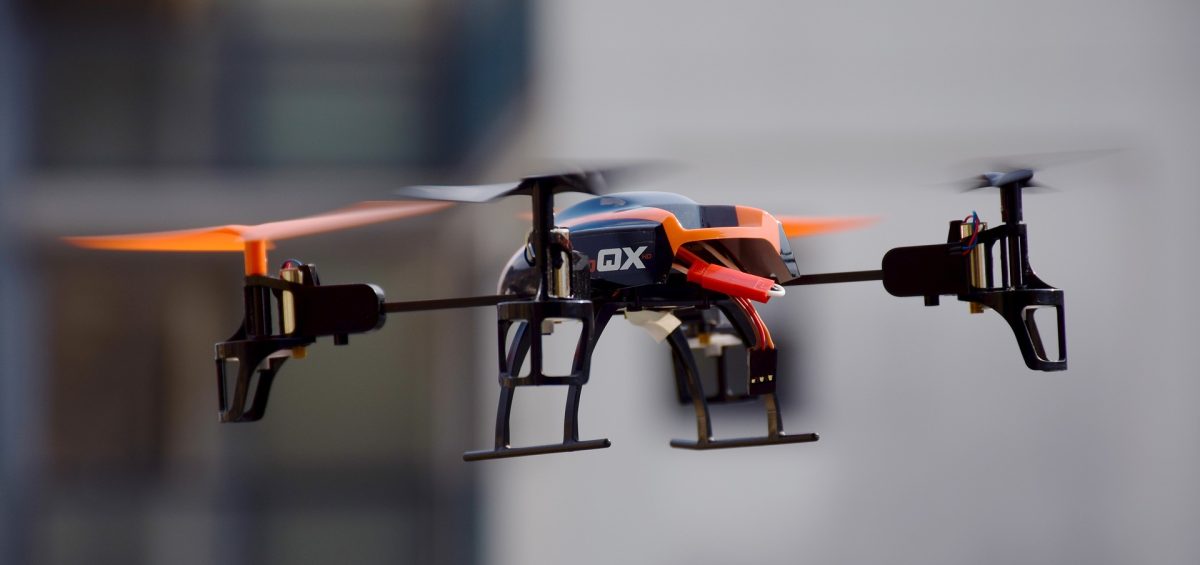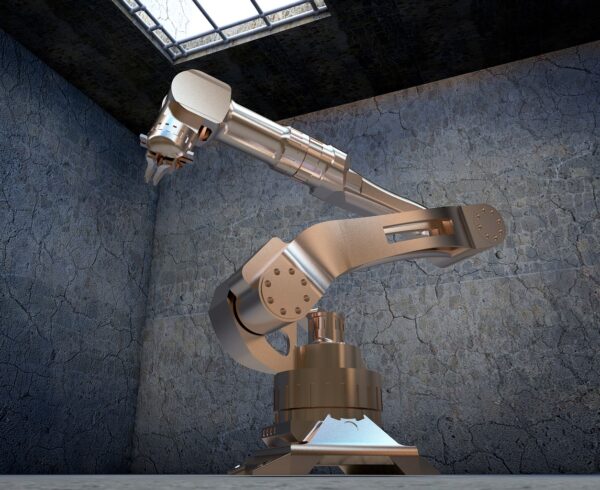Unmanned Aerial Vehicles (UAVs) – or drones – are being reported as the next big thing in-home delivery services but they are already being used extensively for surveying land, mining, farming, military applications, environmental work, research, and photography. Today there are more than 1.7 million drones registered with the Federal Aviation Administration (FAA), over half a million of which are commercial UAVs[1] , and these numbers are expected to increase.
As the drone technology improves, UAVs will initially have the biggest impact on the existing supply chain model, helping to shrink operating costs, create efficiencies, and reduce the carbon footprint. But drones will continue to make a significant impact in the following areas:
- Personal Delivery. Historically, drones have mostly been used to gather information, rather than deliver goods, but that’s changing. The last mile of delivery to a customer’s house is always the most challenging and most expensive which is why companies like Amazon, FedEx, and UPS are developing ways to make it more efficient through the use of drones. While there is still much testing to be done, there are clear financial, efficiency, speed, and safety advantages to automating the delivery system at scale.
- Supply Chain. By combining UAVs with RFID or barcodes, drones can quickly and safely manage and count inventory in a large warehouse – something that would take days for a human to do. Not only are UAVs more efficient but they save humans from having to climb ladders, use forklifts, and generally put themselves in harm’s way.
- Search, Rescue, And Disaster Management. UAVs have the ability to reach the most remote areas with little to no manpower, regardless of the terrain. After a disaster like an earthquake or hurricane, this can be invaluable when survivors are in areas that are hard to access. Thermal sensor drones can be used to aid search and rescue operations, as well as camera drones to give rescuers eyes on the ground, without putting them at risk.
- Medical And Humanitarian Efforts. Drones can literally save lives. In Canada, drone deliveries are helping avoid in-person contact during the COVID-19 pandemic. Ontario First Nations people have received PPE, medical supplies, food, and basic necessities via drone. UNICEF is already exploring drone-based technologies to reach previously unreachable populations with vaccines delivery and transport, improved connectivity in hard-to-reach communities, and aerial imaging for disaster preparedness.
- Agriculture And Mining. Oil and gas companies are using drones to obtain real-time insights to enhance productivity and safety. With a single flight, a mining drone can collect images, perform site surveys, map terrain, generate aerial terrain models of inventory, enhance site security, and monitor and inspect the worksite. Farmers are using drones to help optimize agriculture operations, increase crop production, and monitor growth. With drones, the future of farming is precision agriculture where farmers have the best data at their fingertips, without having to spend hours ‘walking the field’.
- Information Gathering. Using drones to check roofs and do building inspections instead of humans dramatically reduces the risk of accidents and is far more efficient. Beyond inspections, drones are able to gather far more data points than humans as aerial security cameras, storm tracking, and forecasting, tracking inventory, and monitoring traffic.
The FAA’s latest numbers show that the market for commercial drones is growing faster than anticipated and could triple between now and 2023. Drones are impacting almost every industry and their use will increase over the coming decade.
Mythos Group’s white paper, Post-COVID-19: Re-imagining A New Era of Work, contains more detail on this and other recommendations, and is available to download for free from https://bit.ly/MG-White Papers.
1 https://www.faa.gov/uas/resources/by_the_numbers/







